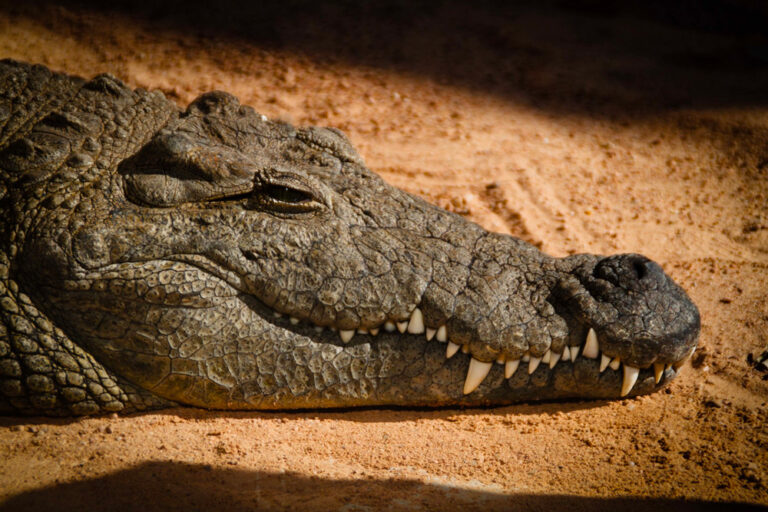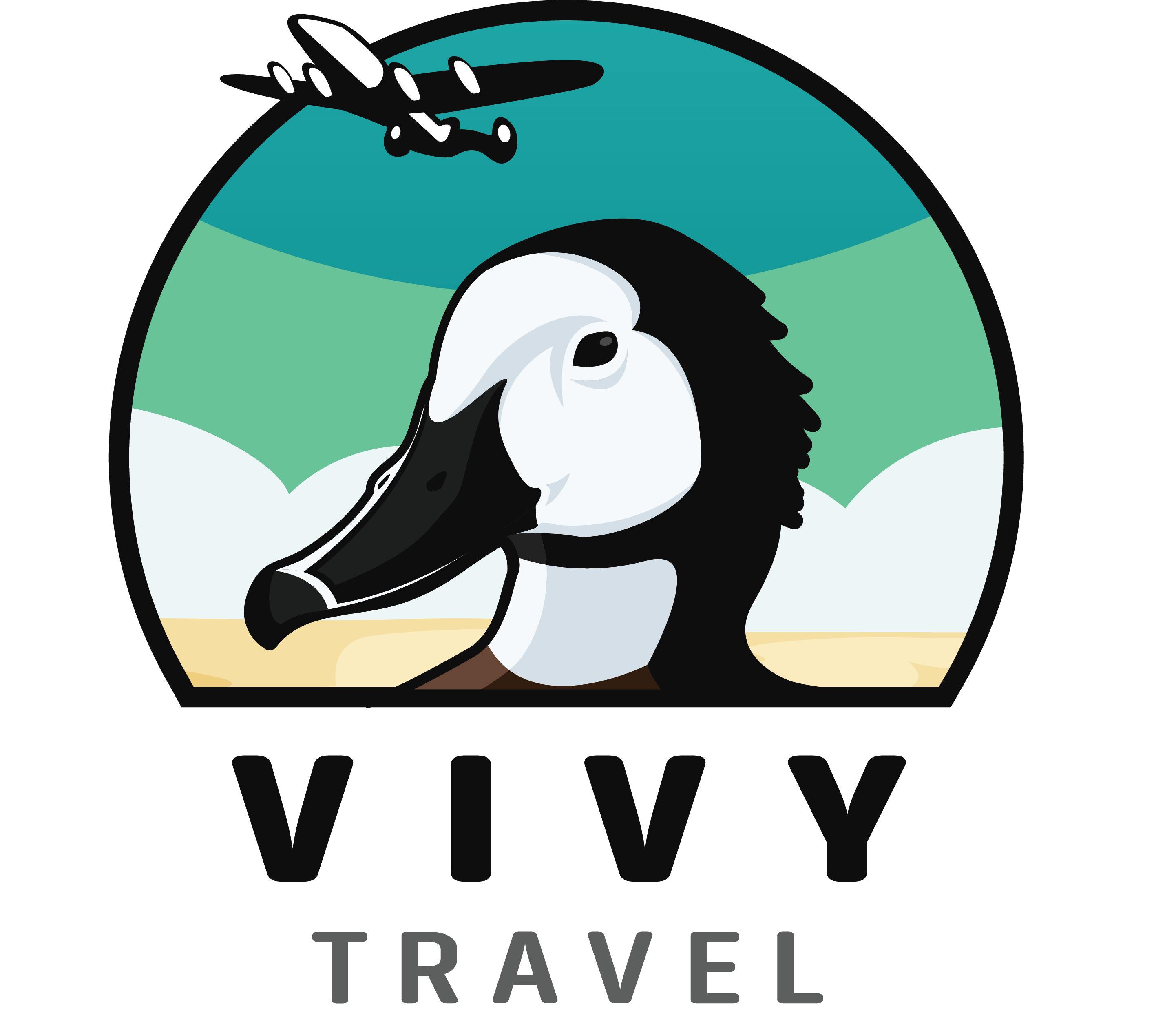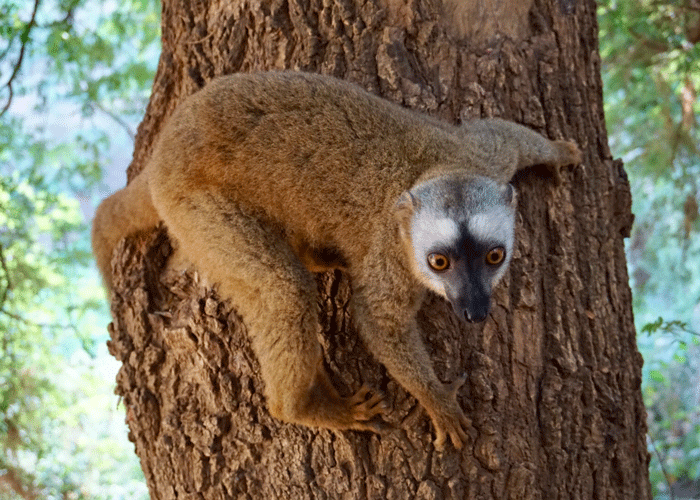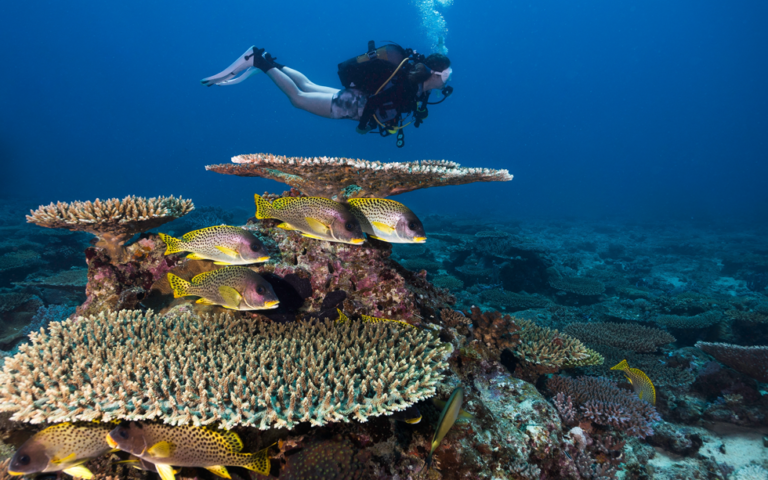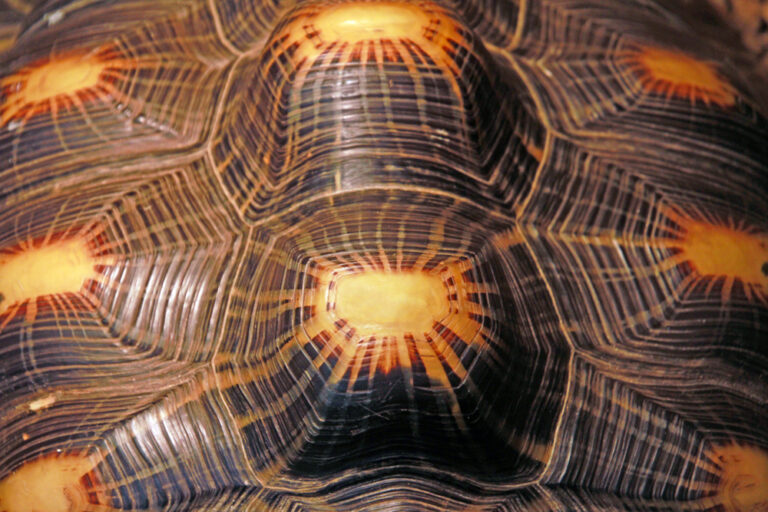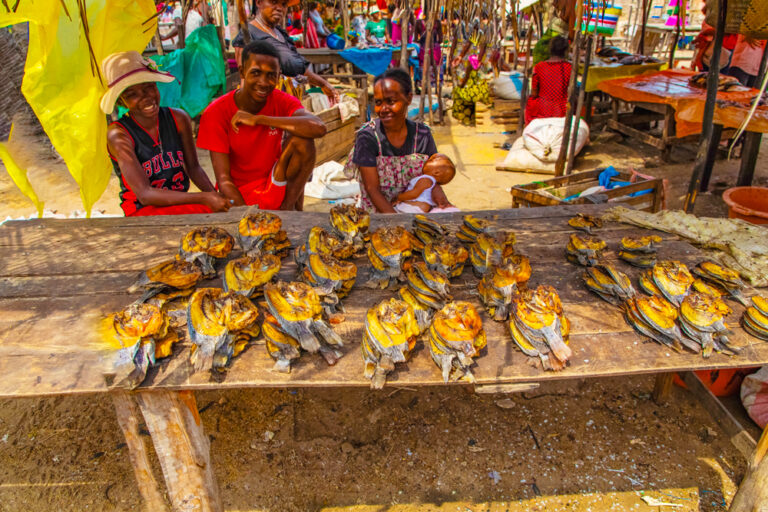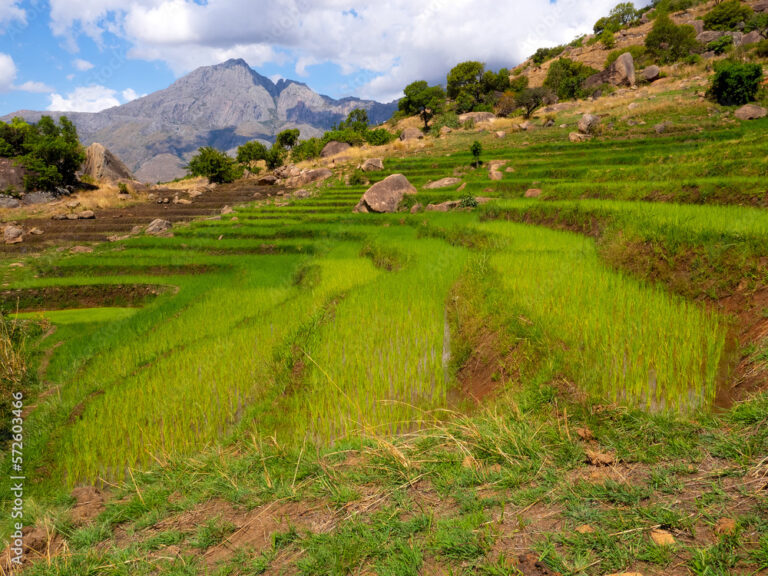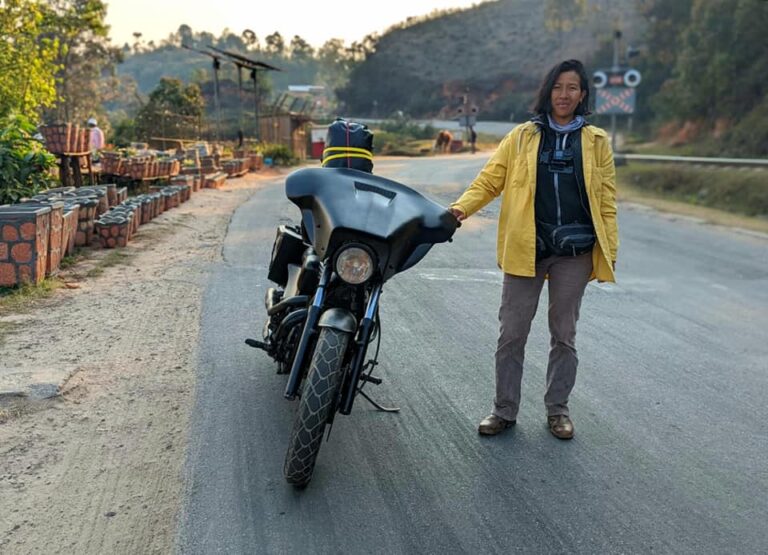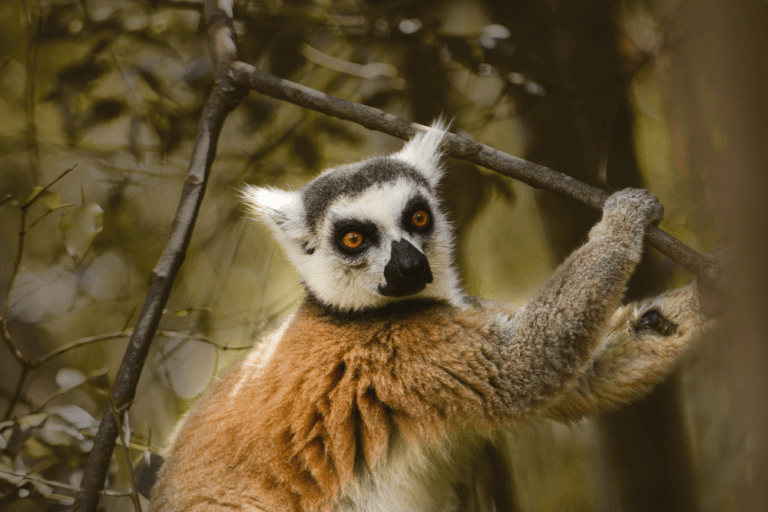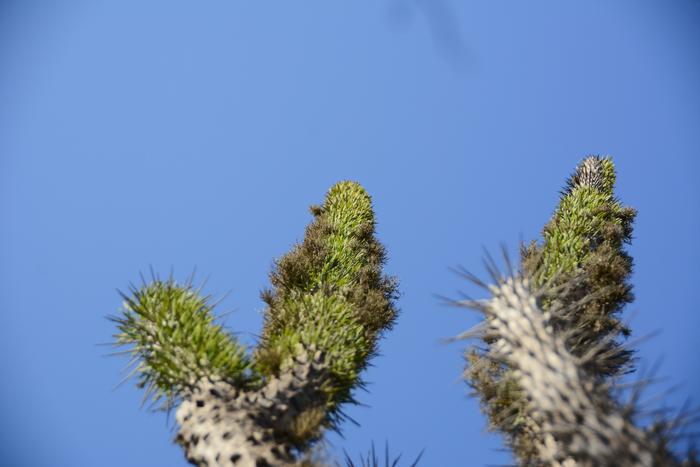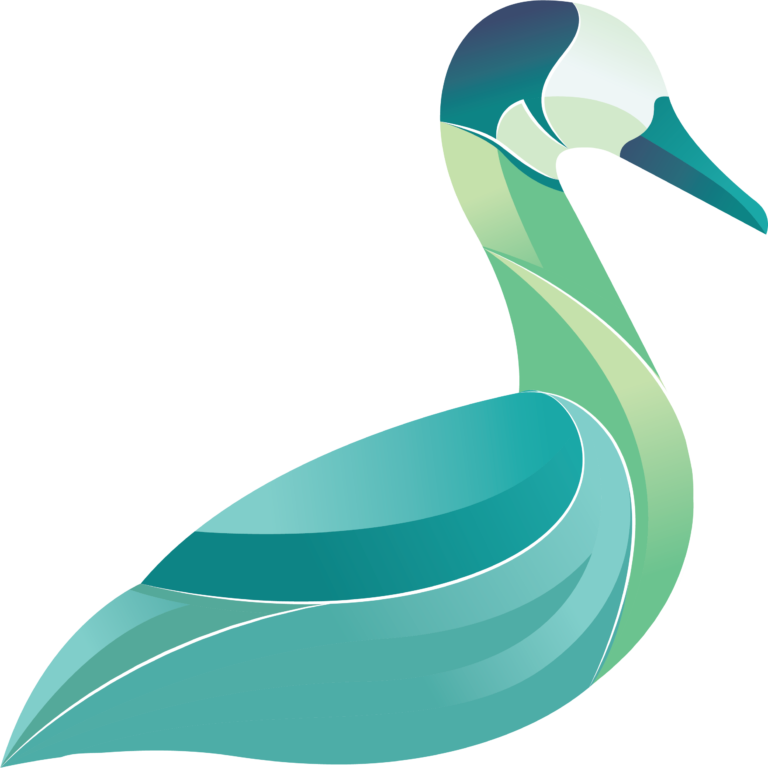Toamasina, also known as Tamatave, is Madagascar's main port and plays a crucial role in the island's maritime trade. Located on the east coast, Toamasina's primary tourist attraction lies in its diverse tourist population. Throughout the year, the eastern capital welcomes visitors of all nationalities: French, Japanese, German, and Chinese, mostly engineers, technicians, and businesspeople who mingle in the hotels. During the vacation season, the sight of tourists sitting along the seafront is almost ritualistic. Although Toamasina has now been overtaken by Mahajanga as the leading tourist city, this unique spectacle is enough to prove that in Madagascar, the words "vacation" and "tourism" are still closely associated with Toamasina.
